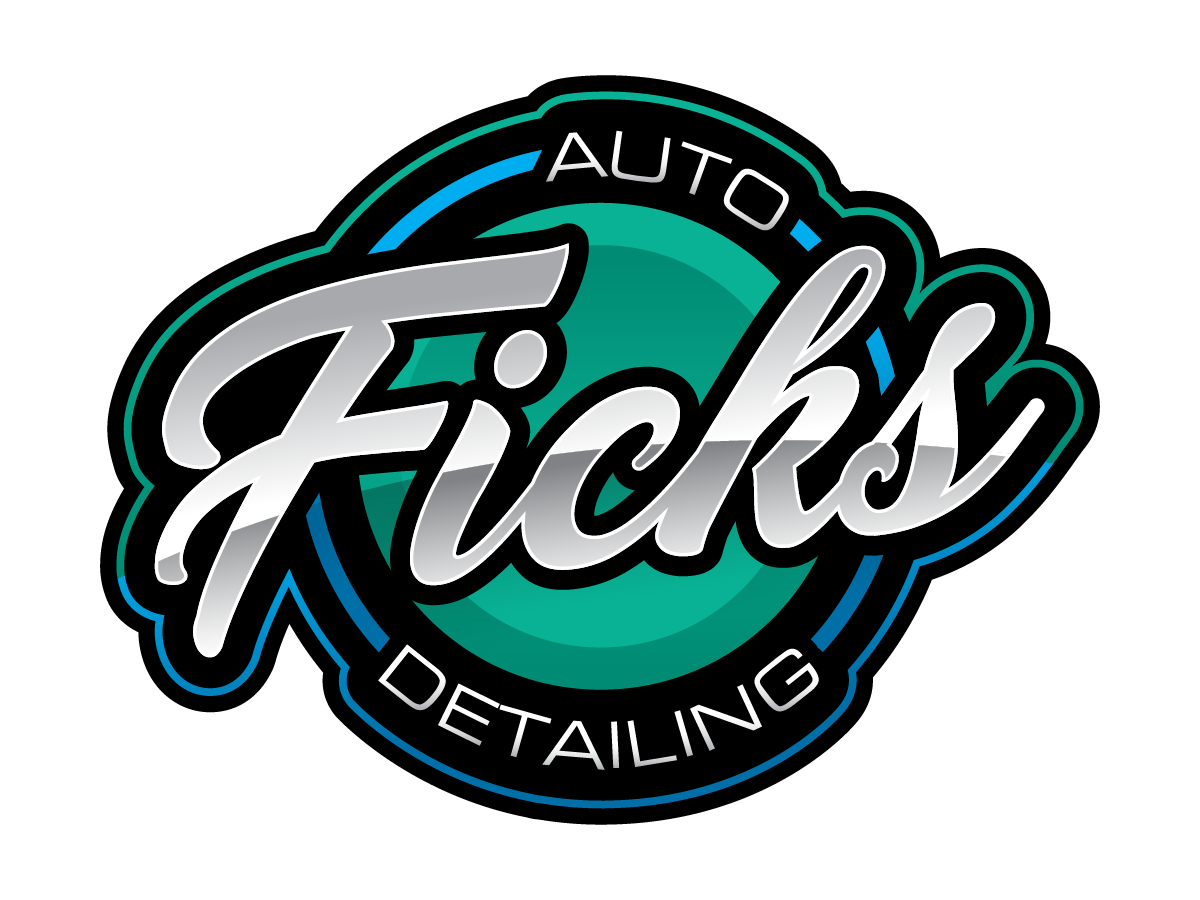Auburn, MI Paint Protection Film Specialists
Elevate your vehicle’s protection with our expert Paint Protection Film (PPF) service, tailored to meet your needs.
Experience the Best Paint Protection Film in Auburn, MI
Paint Protection Film (PPF), commonly known as clear bra, stands as the premier choice for safeguarding your vehicle’s paint against the diverse challenges presented by road conditions. Its primary advantage lies in its ability to shield against rock chips, scratches, and minor abrasions.
At Fick’s Auto Detailing, excellence in PPF installation is what we deliver. Our team, comprised of highly skilled and meticulously trained PPF installers, excels in their craft and is prepared for any task. Entrusting your vehicle to us for PPF services ensures a virtually invisible application, ensuring comprehensive coverage over all panels.
By choosing us, you’re not just getting paint protection film; you’re opting for peace of mind, knowing your vehicle is in capable hands. For those seeking “PPF installers near me,” Fick’s Auto Detailing is your go-to destination for unmatched paint protection services.
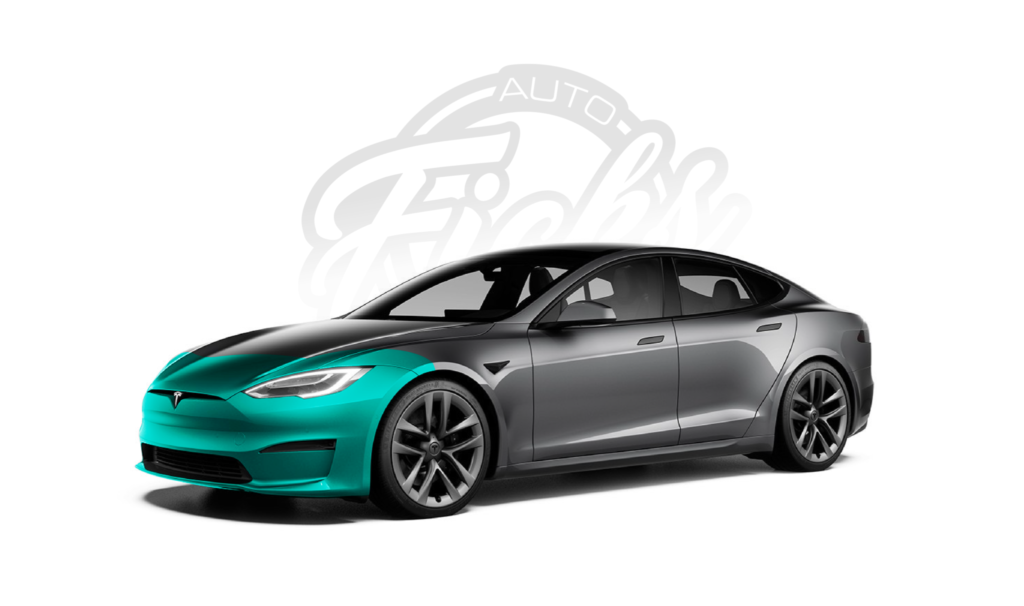
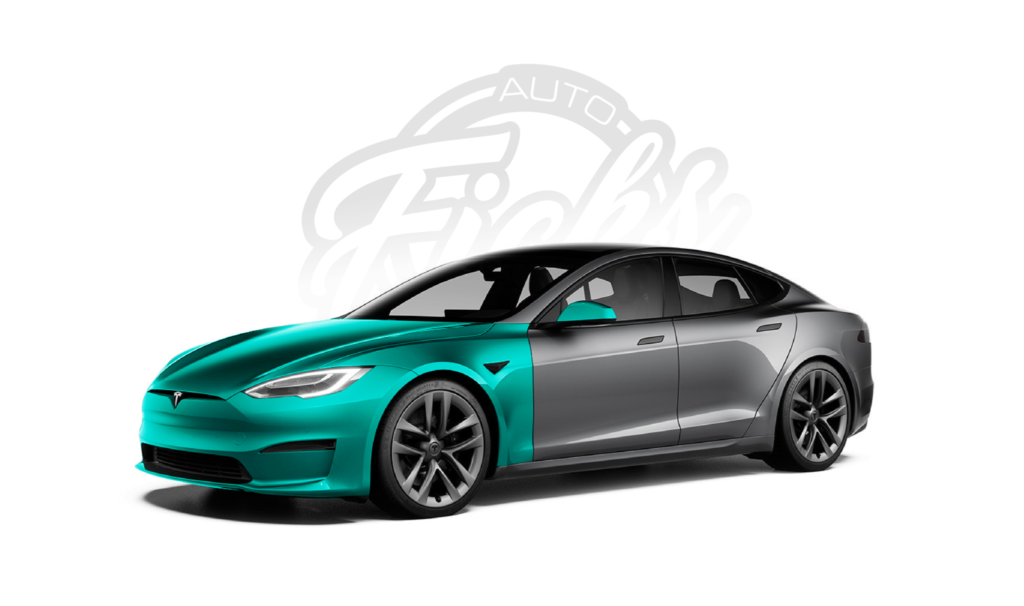
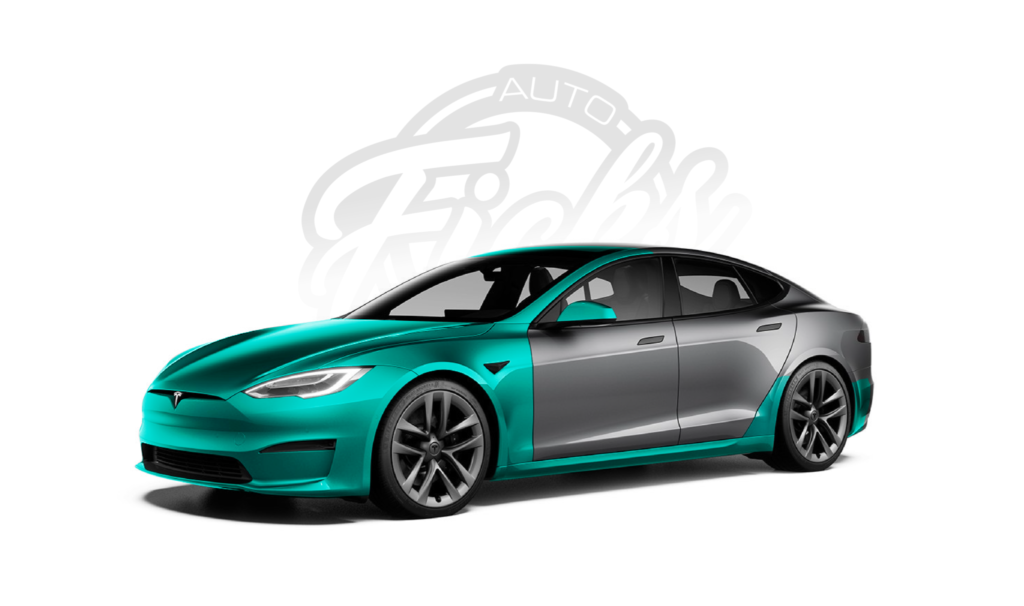
- Full Hood
- Full Fenders
- Full Front Bumper
- Mirror Caps
- A-Pillar
- Front of Roof
- Rocker Panels
- Lower Doors
- Behind Rear Wheel
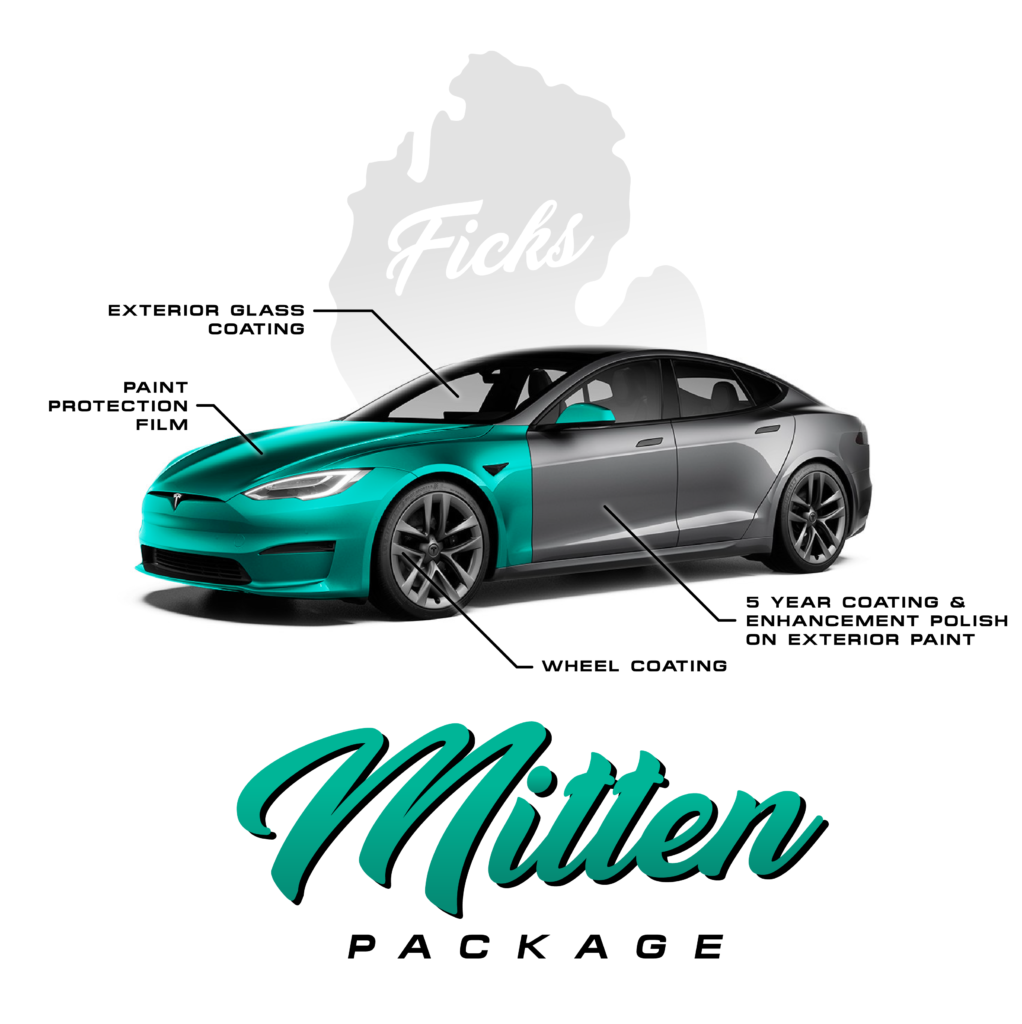
- Full Hood
- Full Fenders
- Full Front Bumper
- Mirrors
- External Glass Coating
- Wheel Coating
- 5 Year Coating and Enhancement Polish on Exterior Paint
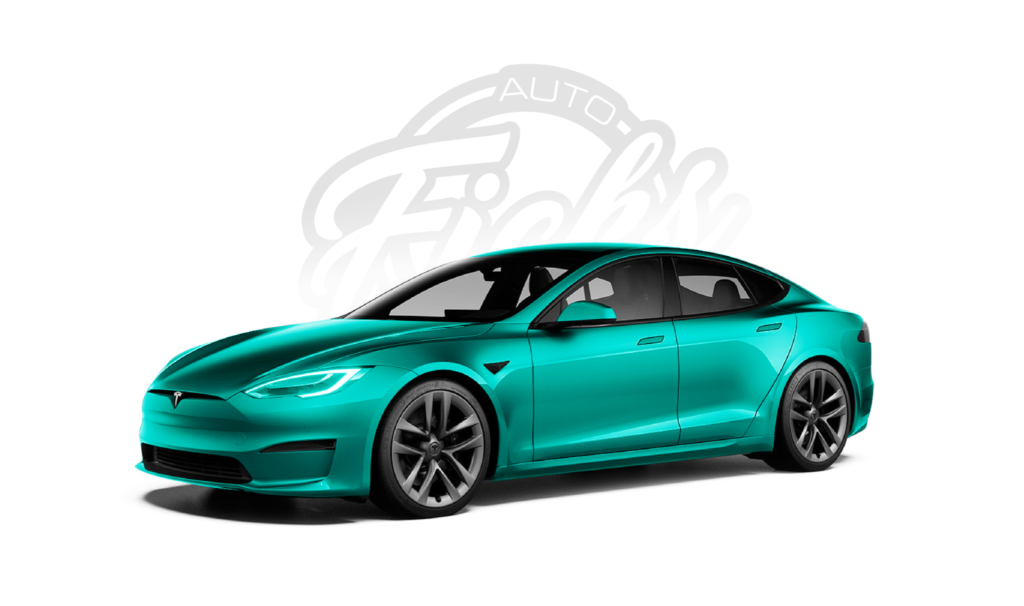
- Small Car (Miata, Smart Car, BMW Z4, etc.) $5,00+
- Car (Model 3, 911 Porsche, BMW M3, Golf R, etc.) $5,500+
- Midsize (Model X/Y, BMW X5, etc.) $6,000+
- Truck & SUV (G-Wagon, Escalade, F250, SRT8, etc.) 7,500+
- Exotics (price dependent on model) $8,500-$40,000
Why You Should Choose Fick's Auto Detailing

Fick’s Auto Detailing is a certified STEK USA Paint Protection Film (PPF) Installer, dedicated to delivering an exceptional PPF experience for our Auburn, MI customers.
At Fick’s Auto Detailing in Auburn, Michigan, we stand out as the premier choice for Paint Protection Film (PPF) services. Our team of highly skilled professionals brings years of expertise and a passion for automotive detailing to ensure precise and superior PPF applications. Using top-quality materials known for durability and clarity, we provide tailored solutions for each vehicle, delivering seamless coverage without compromising aesthetics. With a commitment to exceptional workmanship, transparent pricing, and guaranteed customer satisfaction, Fick’s Auto Detailing offers the peace of mind that comes from trusting your vehicle to dedicated professionals. Contact us today to schedule your PPF service and experience the ultimate protection for your valued investment.
No matter which paint protection film package you seek, Fick’s Auto Detailing has you covered with top-notch service!
- Experience You Can Trust – At Ficks, we deliver a top-tier experience with our PPF services, utilizing cutting-edge software, computer-cut patterns, and custom-fitted PPF to guarantee maximum coverage for your vehicle.
- Fully Insured – Our facility and the vehicles we work on are covered by a $1,000,000 insurance policy, giving you peace of mind knowing your vehicle is protected.
- Right, the First Time – We value your time. Employing advanced technology and techniques, we install PPF on your vehicle according to the latest industry standards.
- One-Stop Shop – Fick’s is your all-in-one solution for car detailing, ceramic coating, paint correction, and PPF needs. Save time and effort by visiting just one location for all your car care requirements.
- Transparent Expectations – We understand the disappointment of paying for a service that doesn’t meet your expectations. That’s why we take the time to clearly explain what you can anticipate from each of our services!
Unmatched Protection with Our Paint Protection Film Services
At Fick’s Detailing, we understand the value of maintaining your vehicle’s pristine condition. That’s why we offer premier Paint Protection Film Services, designed to shield your car against the everyday wear and tear that threatens to diminish its beauty and value. Our expert team is recognized among the best paint protection film installers near me, ensuring your vehicle receives unparalleled care and protection.
Why Choose Paint Protection Film?
Long-Term Durability: Our high-quality PPF acts as a barrier against road debris, rock chips, and scratches. It’s a long-lasting solution that helps keep your vehicle looking as good as new for years to come.
Enhanced Aesthetics: Unlike other protective options that may alter your car’s appearance, our paint protection film is virtually invisible. It enhances your vehicle’s natural beauty without compromising its original paintwork.
UV Protection: PPF not only protects against physical damages but also against the sun’s harmful UV rays, preventing paint fading and ensuring your car retains its vibrant color and gloss.
Easy Maintenance: Say goodbye to constant waxing to maintain your car’s shine. With our PPF, your vehicle becomes easier to clean, as dirt and grime wash away effortlessly, leaving a flawless finish.
Increased Resale Value: Protecting your car’s paintwork from damage and discoloration can significantly increase its resale value. Our paint protection film services ensure that your vehicle remains in top condition, appealing to future buyers.
Customization and Precision: At Fick’s Detailing, we tailor our PPF application to perfectly fit your vehicle’s specific contours and edges. Our precision application guarantees maximum protection without compromising style or functionality.
For additional information, visit our about us and Contact us today! We also offer other service such as Ceramic Coating.
